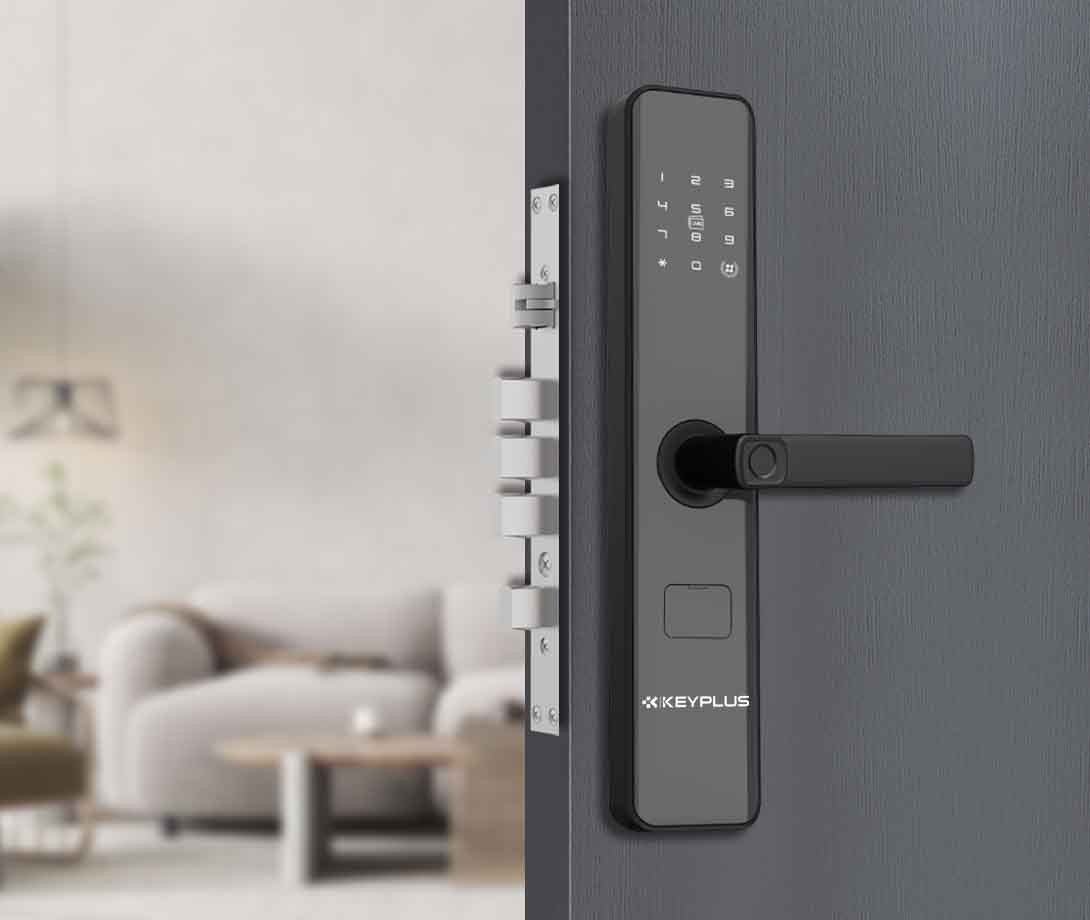How Does a Wi-Fi Door Lock Work?
In today’s connected world, smart home technology is becoming increasingly popular, and one of the most convenient innovations is the Wi-Fi door lock. Unlike traditional locks that require physical keys, Wi-Fi-enabled smart locks allow homeowners to control access to their homes remotely using a smartphone, voice commands, or even automated schedules.
But how exactly does a Wi-Fi door lock function? This article explores the technology behind these devices, their key features, benefits, and potential security considerations.
1. The Basics of a Wi-Fi Door Lock
A Wi-Fi door lock is an electronic locking mechanism that connects to a home’s Wi-Fi network, enabling remote access and control. These locks typically replace or augment traditional deadbolts and can be operated in multiple ways:
- Smartphone apps (via Bluetooth or Wi-Fi)
- Voice assistants (like Amazon Alexa, Google Assistant, or Apple HomeKit)
- Keypads (for PIN code entry)
- Physical keys (as a backup)
- Fingerprint or facial recognition (in advanced models)
Unlike Bluetooth-enabled smart locks, which require close proximity for operation, Wi-Fi locks allow users to lock or unlock doors from anywhere with an internet connection.
2. How Wi-Fi Door Locks Work: The Technology Behind Them
A. Wireless Connectivity
Wi-Fi smart locks connect to a home’s wireless network, allowing communication with:
- Smartphones (via dedicated apps)
- Cloud servers (for remote access)
- Other smart home devices (like security cameras or voice assistants)
Some models use Zigbee or Z-Wave protocols alongside Wi-Fi for better integration with smart home hubs.
B. Authentication Methods
To ensure security, Wi-Fi door locks use multiple authentication methods:
- Encrypted digital keys (temporary or permanent access codes)
- Biometric verification (fingerprint or facial recognition)
- Two-factor authentication (2FA) (for app-based access)
C. Power Source
Most Wi-Fi locks run on batteries (AA or lithium-ion) with:
- Low-battery alerts (via app notifications)
- Backup power options (USB-C or 9V battery in emergencies)
D. Remote Access & Automation
Through a companion app, users can:
- Lock/unlock doors remotely
- Grant temporary access (e.g., for guests or delivery personnel)
- Set auto-lock schedules (e.g., locking at 10 PM daily)
- Receive real-time notifications (when someone enters)
3. Key Features of Wi-Fi Smart Locks
A. Remote Control
The biggest advantage is the ability to check and control your door lock from anywhere. Forgot to lock the door? Just tap your phone.
B. Guest Access & Temporary Codes
Instead of copying physical keys, homeowners can:
- Generate one-time or time-limited codes (for cleaners, Airbnb guests, etc.)
- Revoke access instantly
C. Smart Home Integration
Many Wi-Fi locks work with:
- Amazon Alexa (“Alexa, lock the front door.”)
- Google Home (“Hey Google, is the door locked?”)
- Apple HomeKit (for iPhone users)
- Security systems (triggering alarms if unauthorized access is detected)
D. Activity Logs
Smart locks keep a digital log of:
- Who entered (via PIN, fingerprint, or app)
- When the door was locked/unlocked
This is useful for monitoring home access.
4. Security Considerations
While Wi-Fi locks offer convenience, they also come with potential risks:
A. Hacking & Cybersecurity Threats
Since they rely on Wi-Fi, vulnerabilities include:
- Man-in-the-middle attacks (intercepting Wi-Fi signals)
- Brute-force attacks (if weak passwords are used)
How to stay safe:
- Use strong Wi-Fi encryption (WPA3)
- Enable two-factor authentication (2FA)
- Regularly update firmware
B. Power & Internet Dependence
- If the Wi-Fi goes down, remote access may be disabled (though manual methods still work).
- Battery failure could lock users out (always have a backup key).
C. Physical Tampering Risks
Some smart locks can be picked or forced open like traditional locks. Look for models with:
- Anti-tamper alarms
- Reinforced strike plates
5. Installation & Maintenance
A. Installation
Most Wi-Fi locks are DIY-friendly, but:
- Some require replacing the entire deadbolt, while others attach over existing hardware.
- Professional installation is recommended for complex setups.
B. Maintenance Tips
- Replace batteries before they die (use lithium for longer life).
- Check Wi-Fi signal strength near the lock.
- Update firmware regularly for security patches.
Conclusion
Wi-Fi door locks bring convenience, flexibility, and enhanced security to modern homes. By allowing remote access, guest management, and smart home integration, they eliminate the need for physical keys while providing better control over home security.
However, users should also be aware of cybersecurity risks and ensure proper setup to prevent hacking. With the right precautions, a Wi-Fi smart lock can be a game-changer for home automation.
Would you switch to a Wi-Fi door lock? The future of home security is already here!
Post time: May-30-2025


